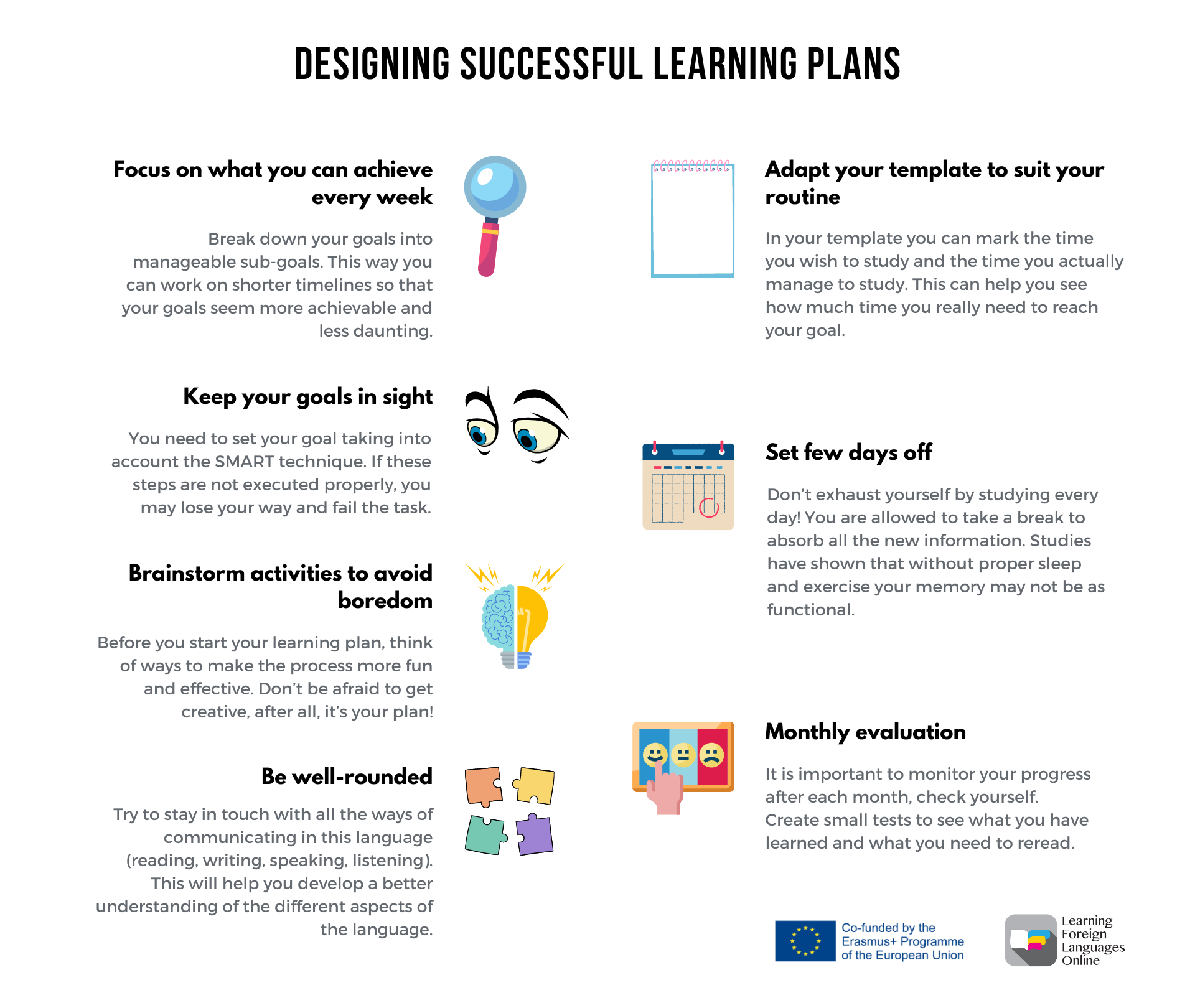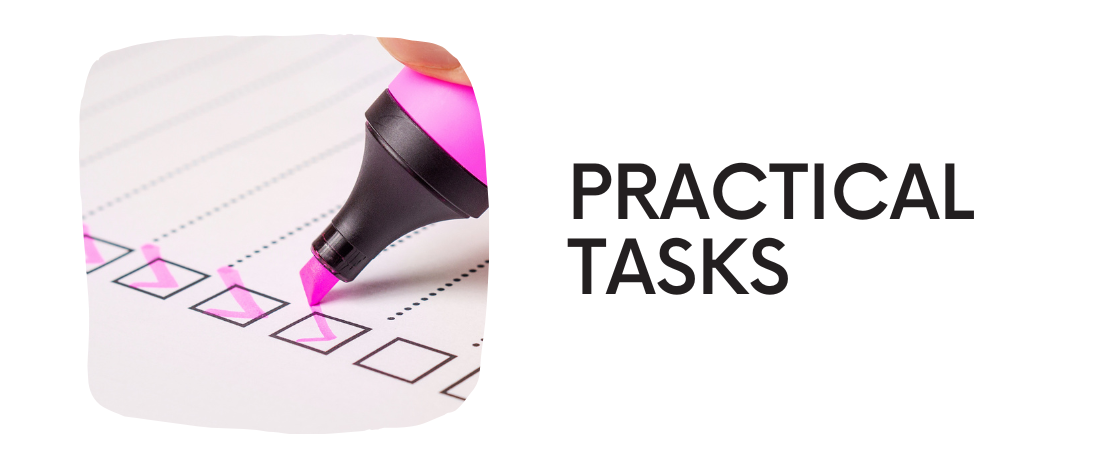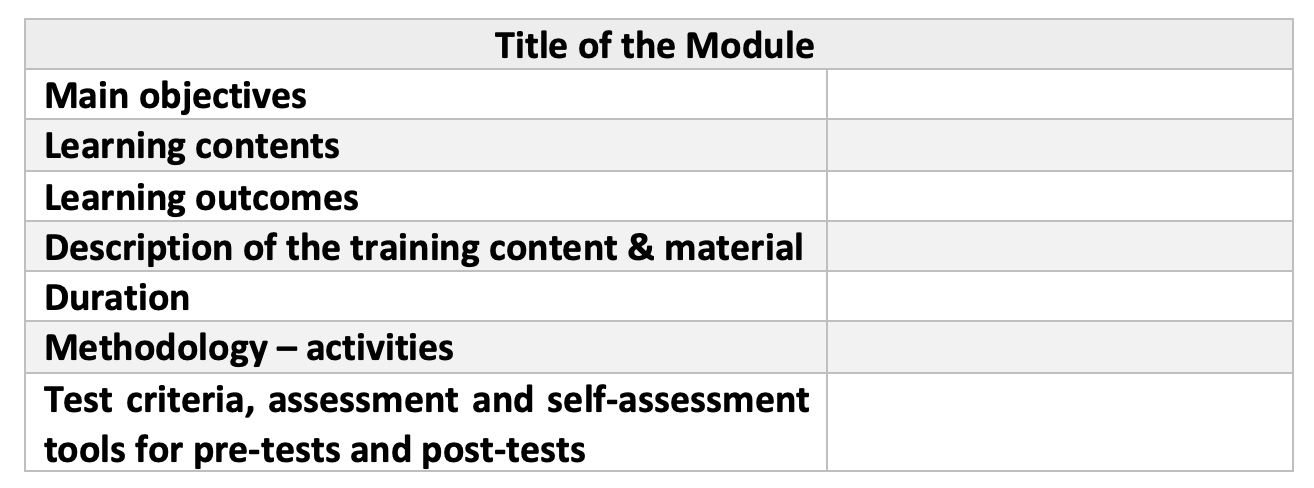
E-course
Designing successful learning plans
Module 1 | Unit 3
Introduction

To design a successful learning plan, you must first understand the term Learning Design. Learning Design is the framework that underpins learning practices. It indicates what, when, where and how to learn. It also structures the curriculum, timetable, sequence of learning activities and frequency of assessment throughout the process. It is important to focus on the learners, who they are, what they know, how they think, and how to reach them effectively, to provide them a comprehensive educational experience. Given this, do you now have an idea of how to create a learning plan?
Getting started

quiz
Tips

A learning plan is a description of how you intend to achieve your learning goals. The plan is used to help you monitor your progress and ensure that your learning activities are fruitful. Your plan should be tailored to your needs, so there is no right or wrong way to conduct it.
It will be very helpful if you answer the following questions:
- Assessing Content for the Course → What needs to be covered?
- Assessing the Learner → What I need to know and do? How will I know if I have accomplished those things?
- Creating a Design Document → What needs to happen for this course to become real?
- Asking What Needs to Be Developed → Who is going to produce it?
- Implementing the Design → What is needed for the lessons to be offered, for me to respond, and for the course to be completed?
- Evaluating the Design → Did the lessons work? How do you know? How could it be better?
In addition, you can follow some steps that make your plan more effective:
1. Focus on what you can achieve every week
Break down your goals into manageable sub-goals. This way you can work on shorter timelines so that your goals seem more achievable and less daunting. Also, by breaking them down into weekly increments, you can easily assess your progress so that if you get irreparably off track, it won’t be the end of the world, as you’ll still have time to fix what needs to be fixed.
2. Keep your goals in sight
Think about your initial goal and why you are learning the language. But make sure you set the right goal! After you have done your needs analysis, looked at your skills and identified the gaps in your skills, then you need to set your goal taking into account the SMART technique. If these steps are not executed properly, you may lose your way and fail the task.
3. Brainstorm activities to avoid boredom
Before you start your learning plan, think of ways to make the process more fun and effective. Don’t be afraid to get creative, after all, it’s your plan! Here are some ideas:
- Read a few pages from your favourite book, in the language you are interested in, instead of just following the curriculum.
- Listen to podcasts to familiarise yourself with pronunciation and vocabulary.
- Find people who already speak the language and practice with them.
As a result, you’ll have an exciting list to change your language learning routine each week.
4. Be well-rounded
Try to stay in touch with all the ways of communicating in this language (reading, writing, speaking, listening). This will help you develop a better understanding of the different aspects of the language. As mentioned earlier, listening to podcasts will help you with pronunciation, which will also improve your speech and listening skills! An additional tip you may want to follow is to write down every new word you hear or read and then look them up. This way you can memorize vocabulary more easily.
5. Adapt your template to suit your routine
In your template you can mark the time you wish to study and the time you actually manage to study. This can help you see how much time you really need to reach your goal. If you see that the time you initially set is too long, don’t worry! Remember that the standard should only be based on your own needs! You can also change the hours you dedicate each week until you find the right amount that fits your routine. Another reason you should write down your study hours is that after a few weeks have passed, you can compare the hours you spend each week and see the progress you’ve made.
6. Set few days off
Don’t exhaust yourself by studying every day! You are allowed to take a break to absorb all the new information. Studies have shown that without proper sleep and exercise
your memory may not be as functional, so stop pushing your limits and start respecting your needs. Study a maximum of 5 days a week! Divide your vacation days according to your convenience.
7. Monthly evaluation
It is important to monitor your progress after each month, check yourself. Create small tests to see what you have learned and what you need to reread. Ask questions such as:
- Did I meet my goal this month?
- What did I understand better and what did I understand less?
- Do I need to add anything extra to the curriculum next week?
- Should I increase or decrease the number of hours of learning?
Through these questions, you can prevent any learning gaps and design a plan to help you schedule your next goals.

More resources

Still want to continue learning about the topic of this unit? Not to worry, we have made a selection of further resources that you can use if you would like to find out more. Just click on the links and keep learning!
Practical tasks

After reading the unit, try to create your lesson plan:
Fill out the following template (download here)

While implementing the task keep in mind that:
- After drafting the above template remember that when you organize your lesson according to the plan, you should implement it.
- Adapt the plan accordingly if you face any barrier.
- Re-organize your goals if it is necessary.
- Follow the same process for all Units.
Unit test

